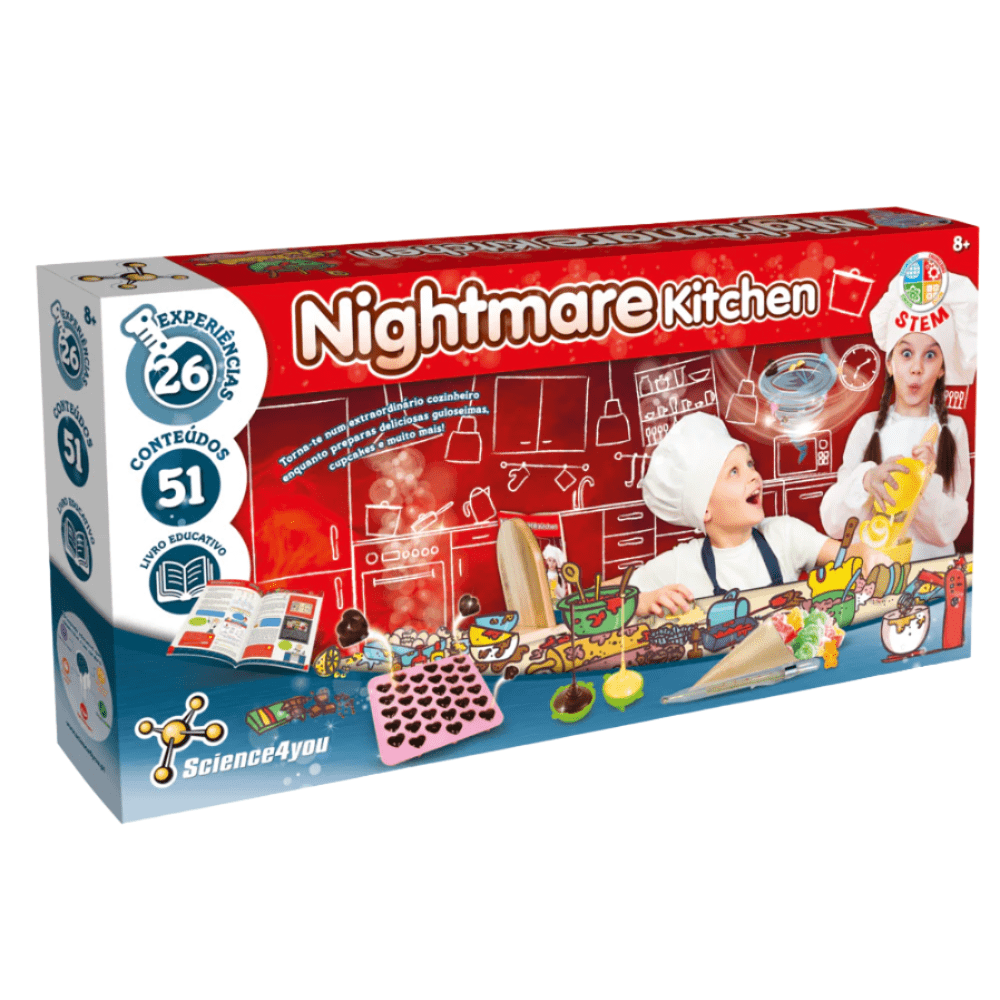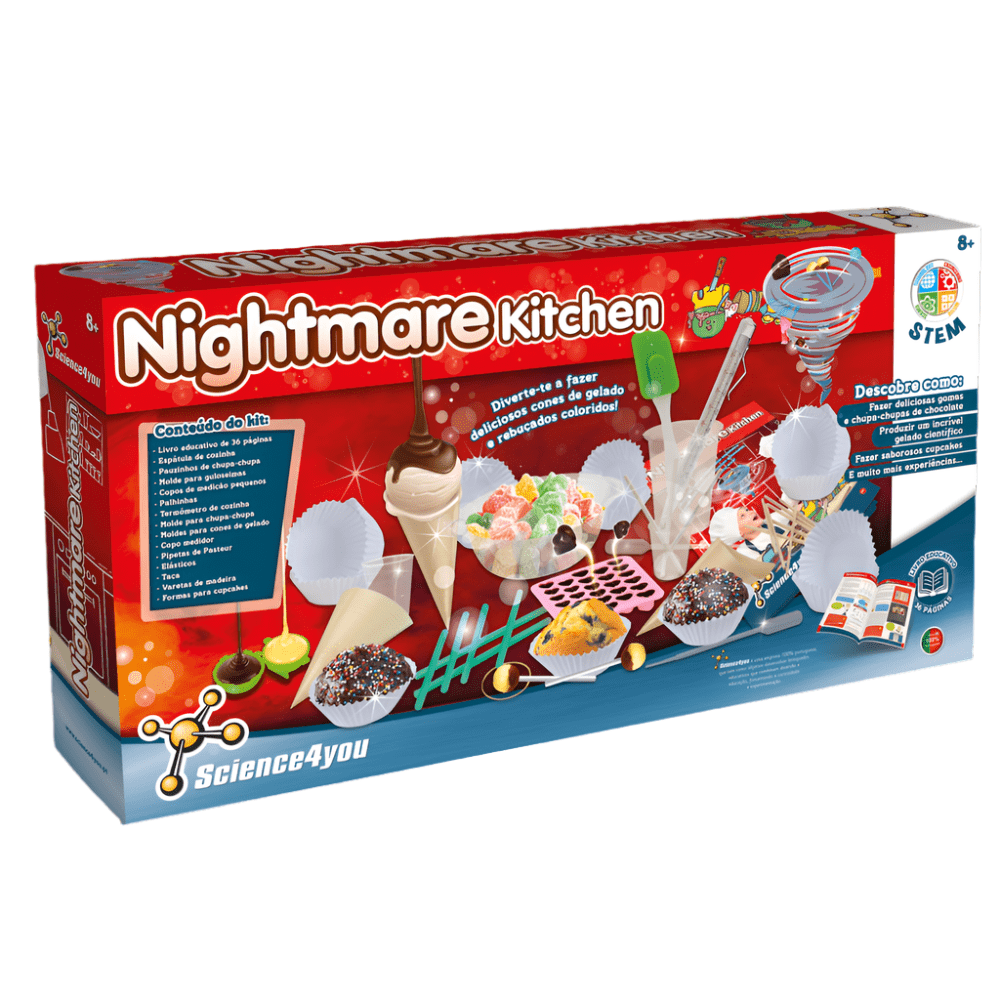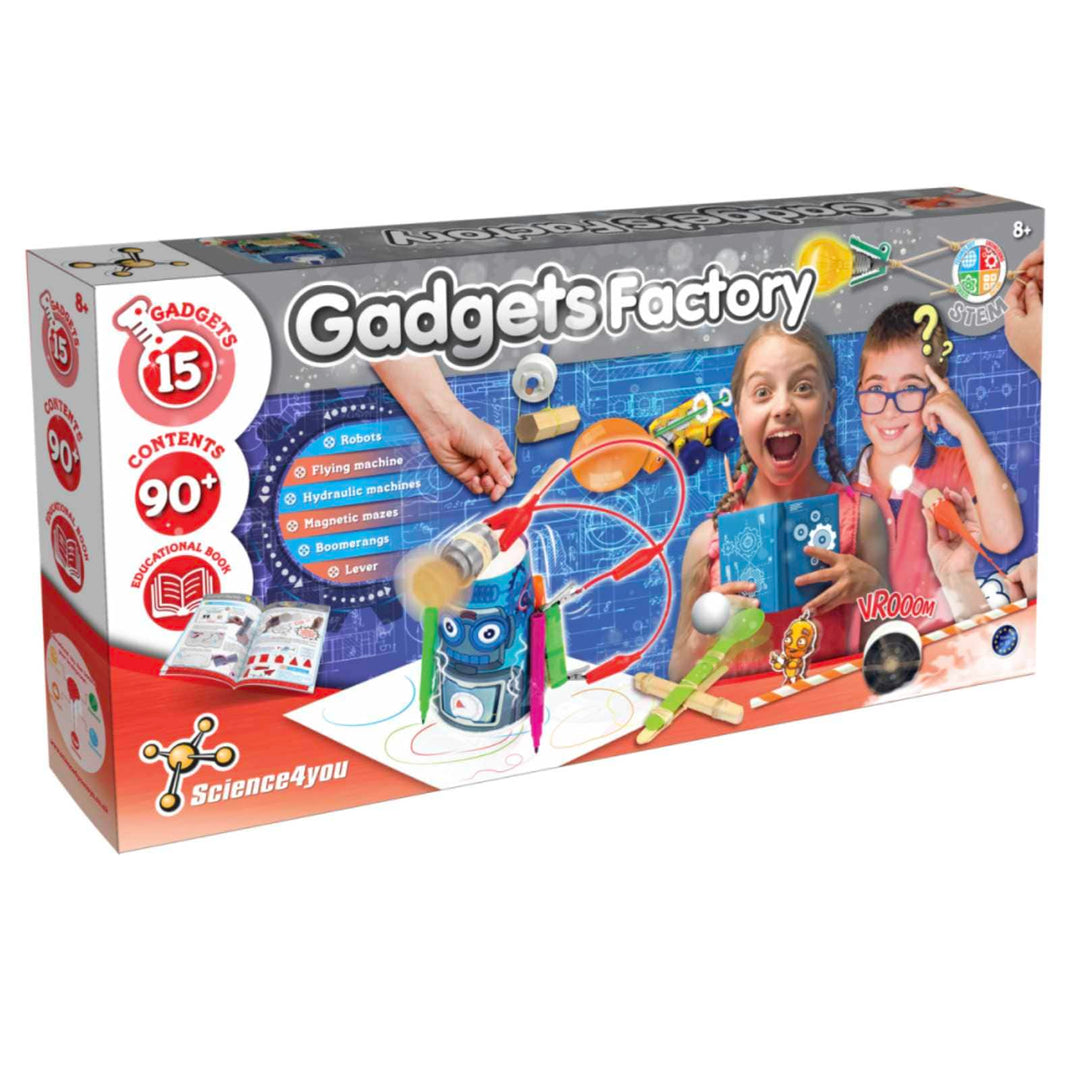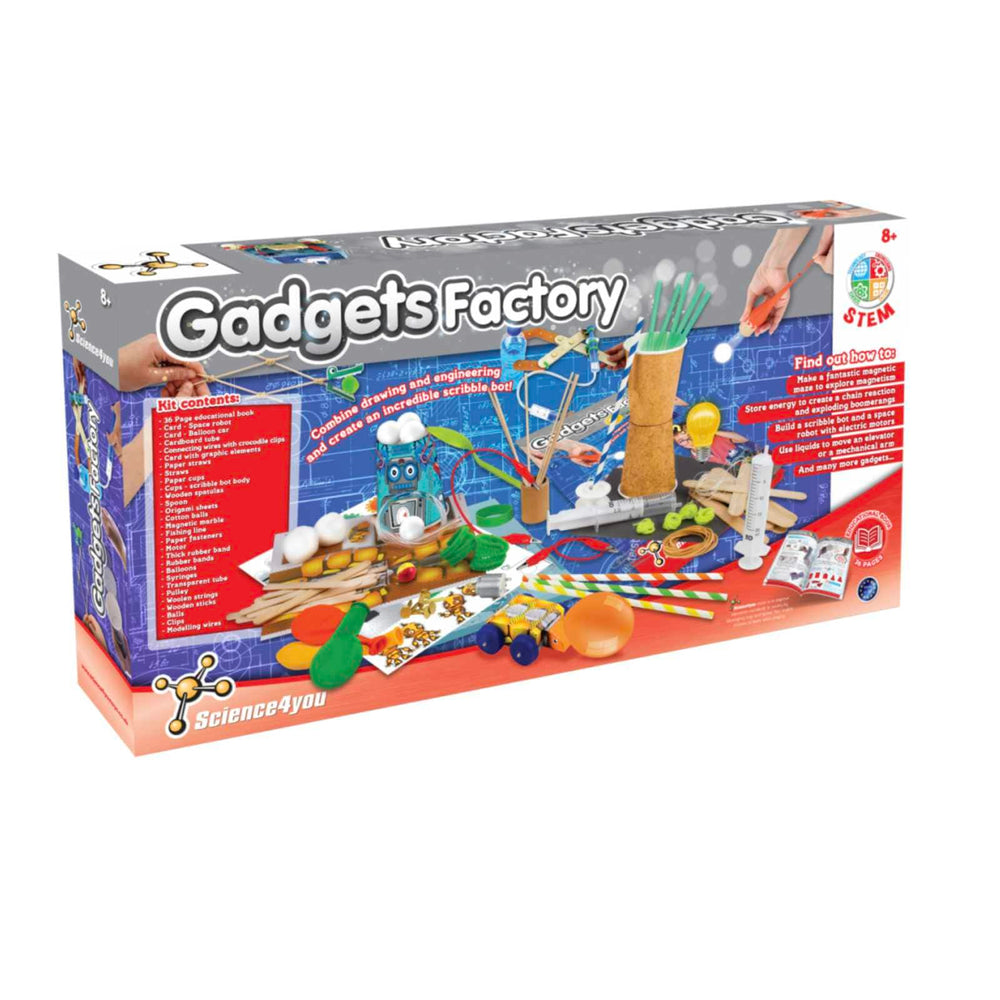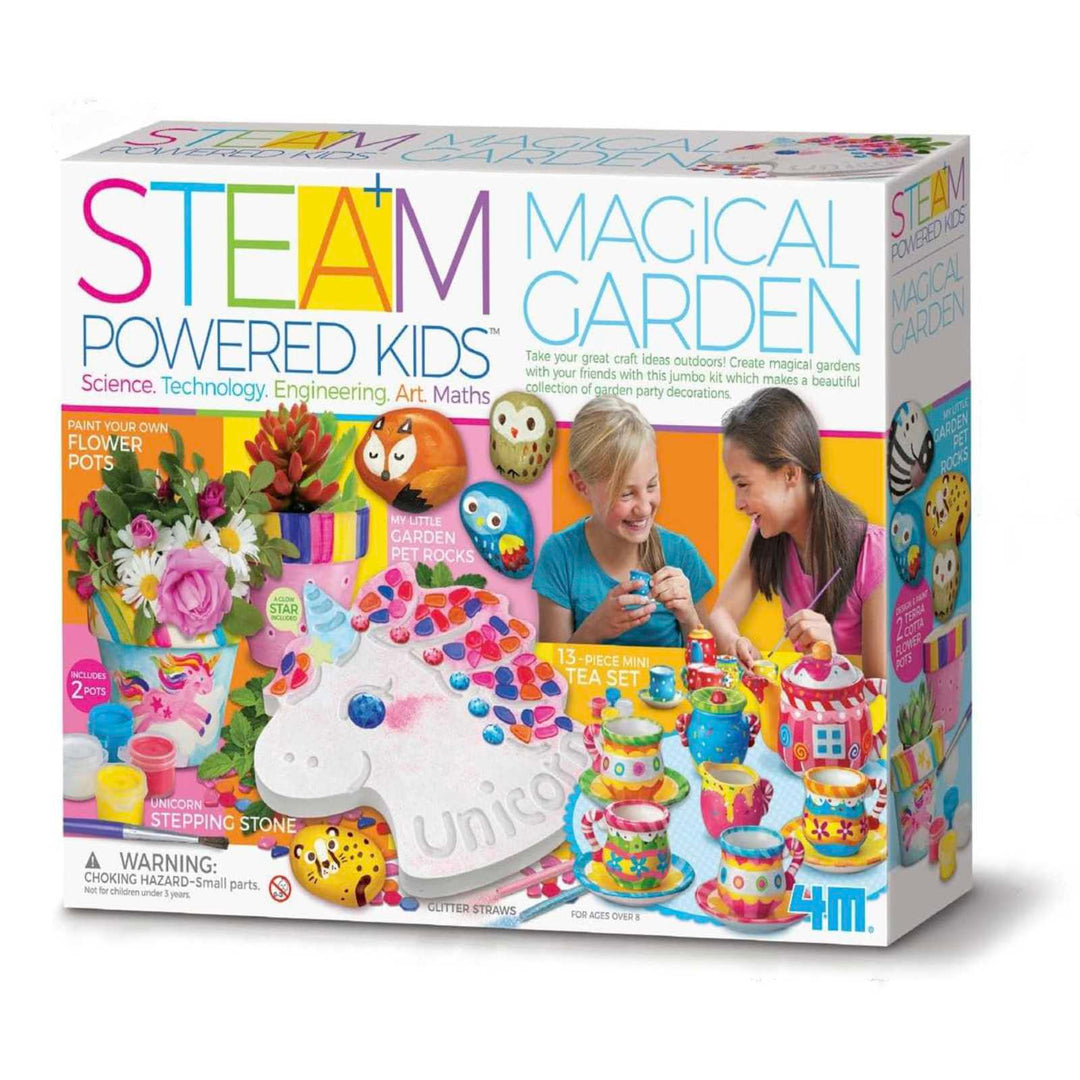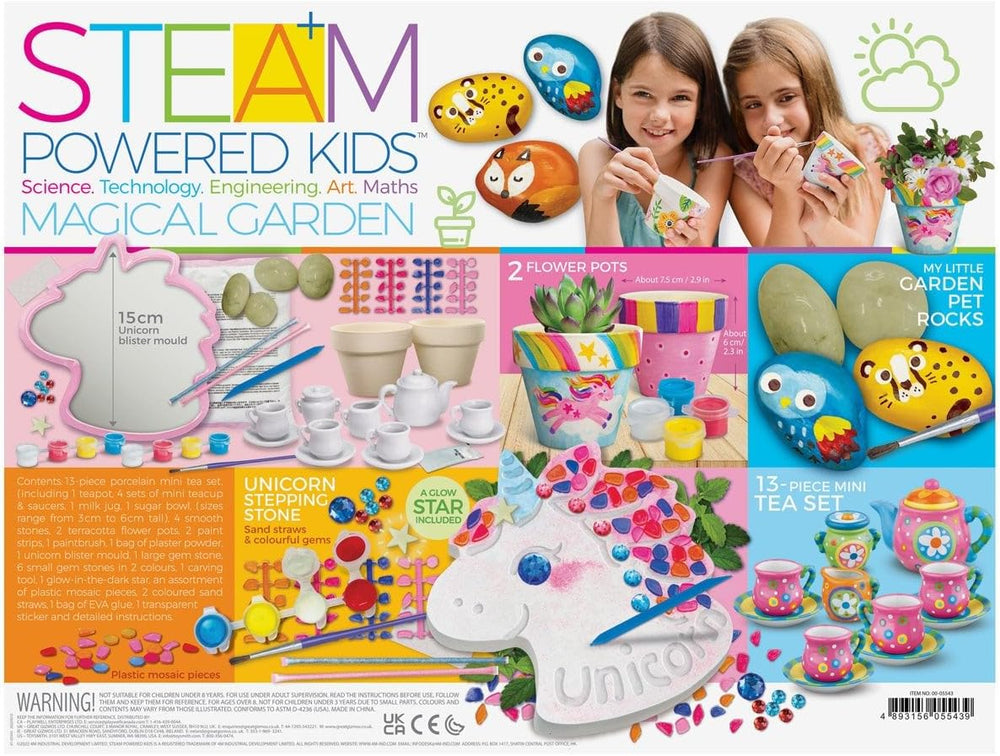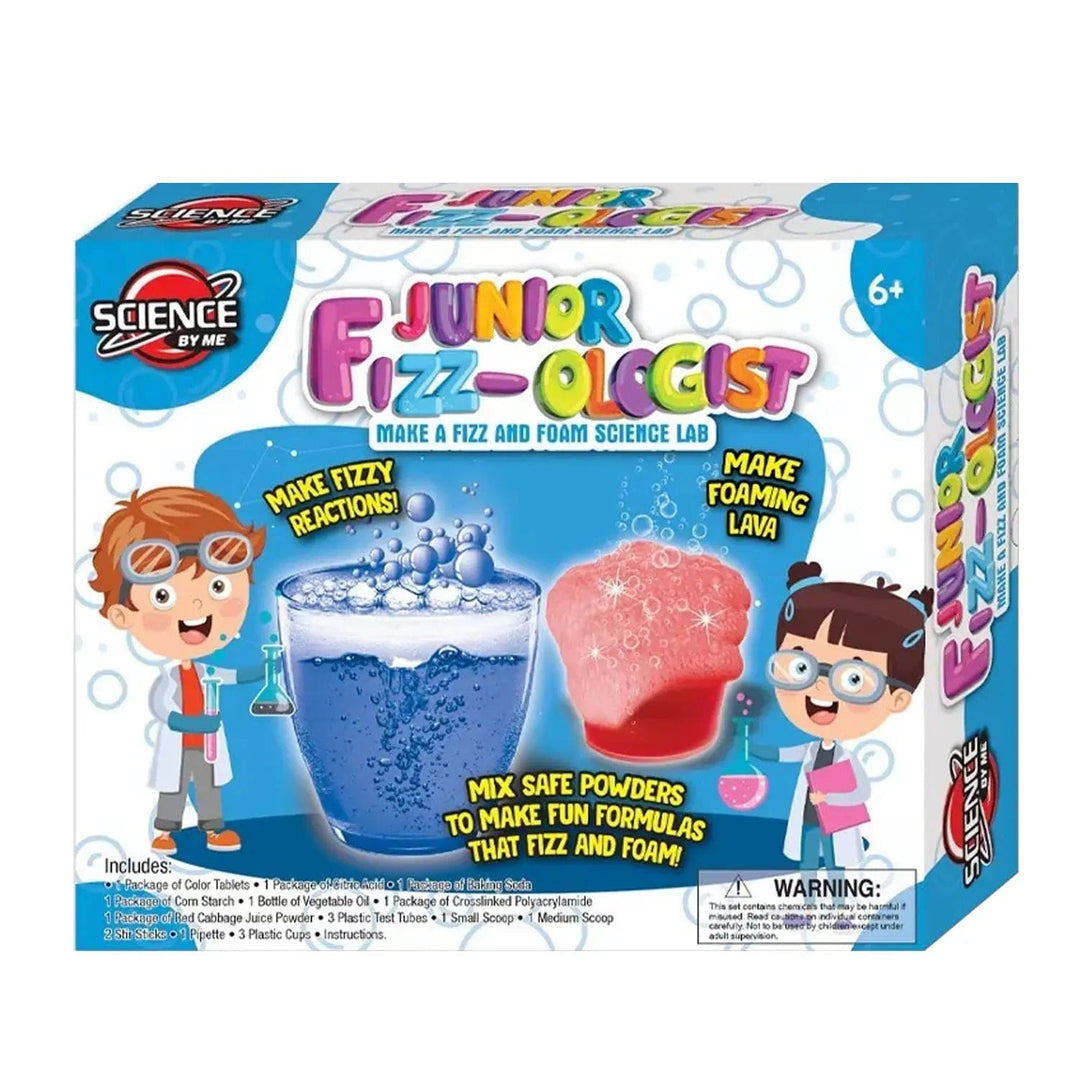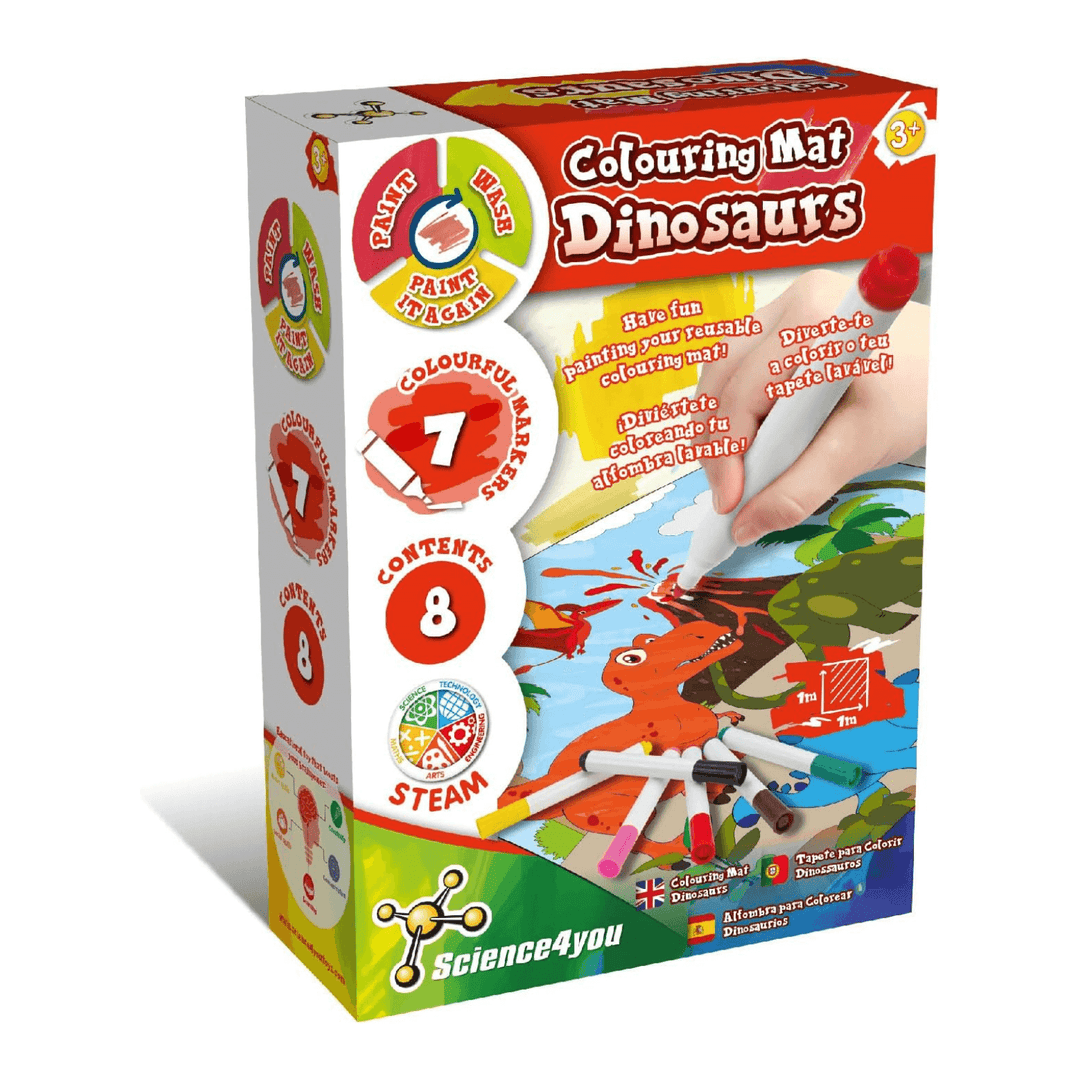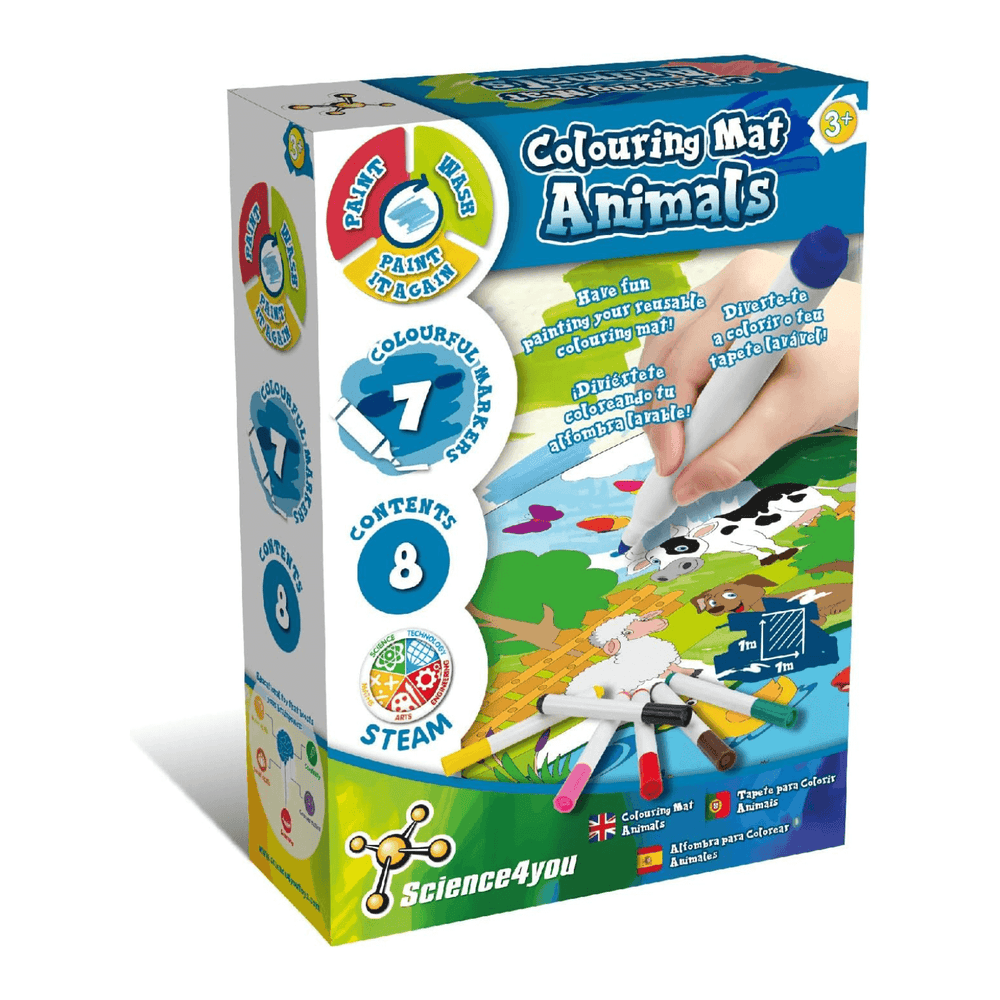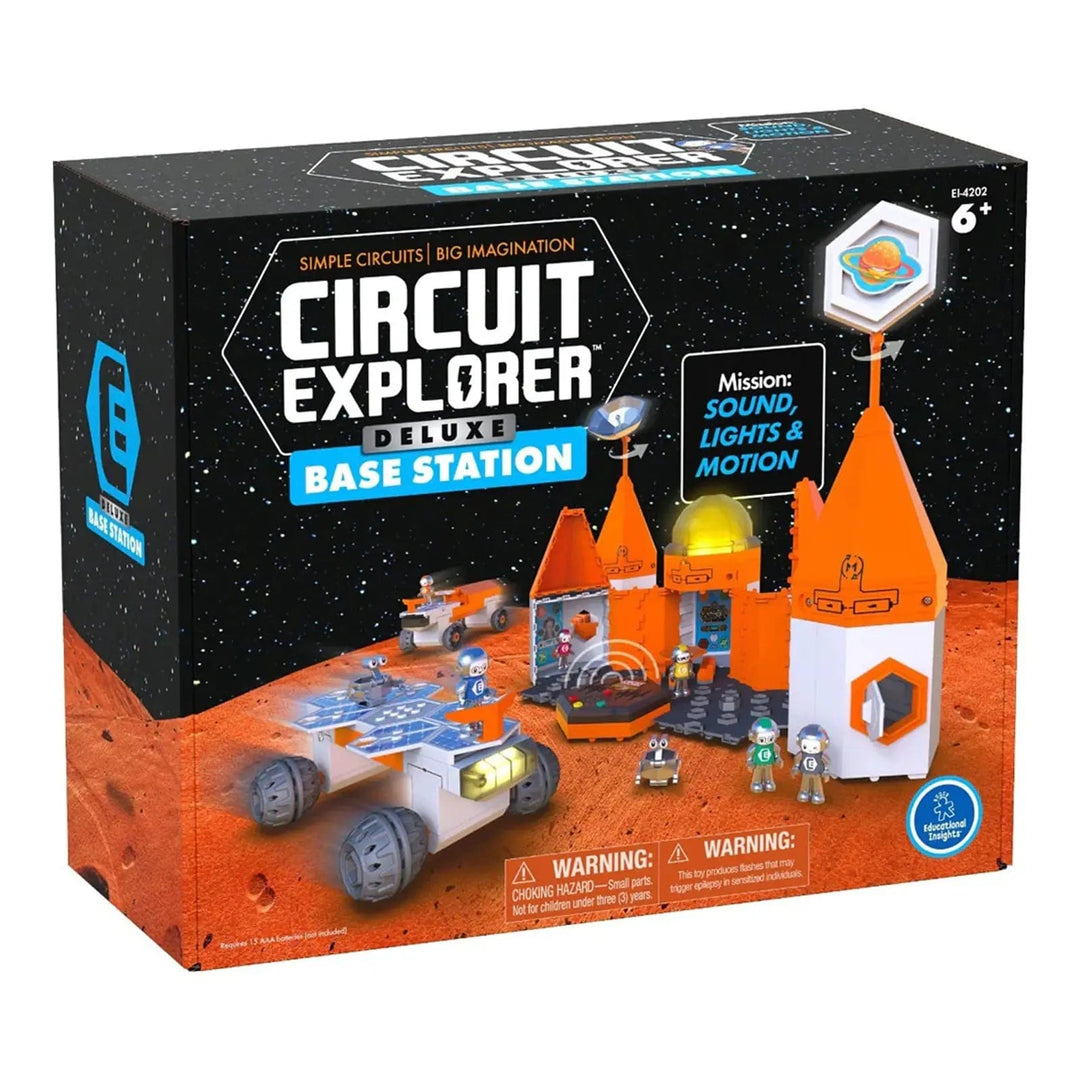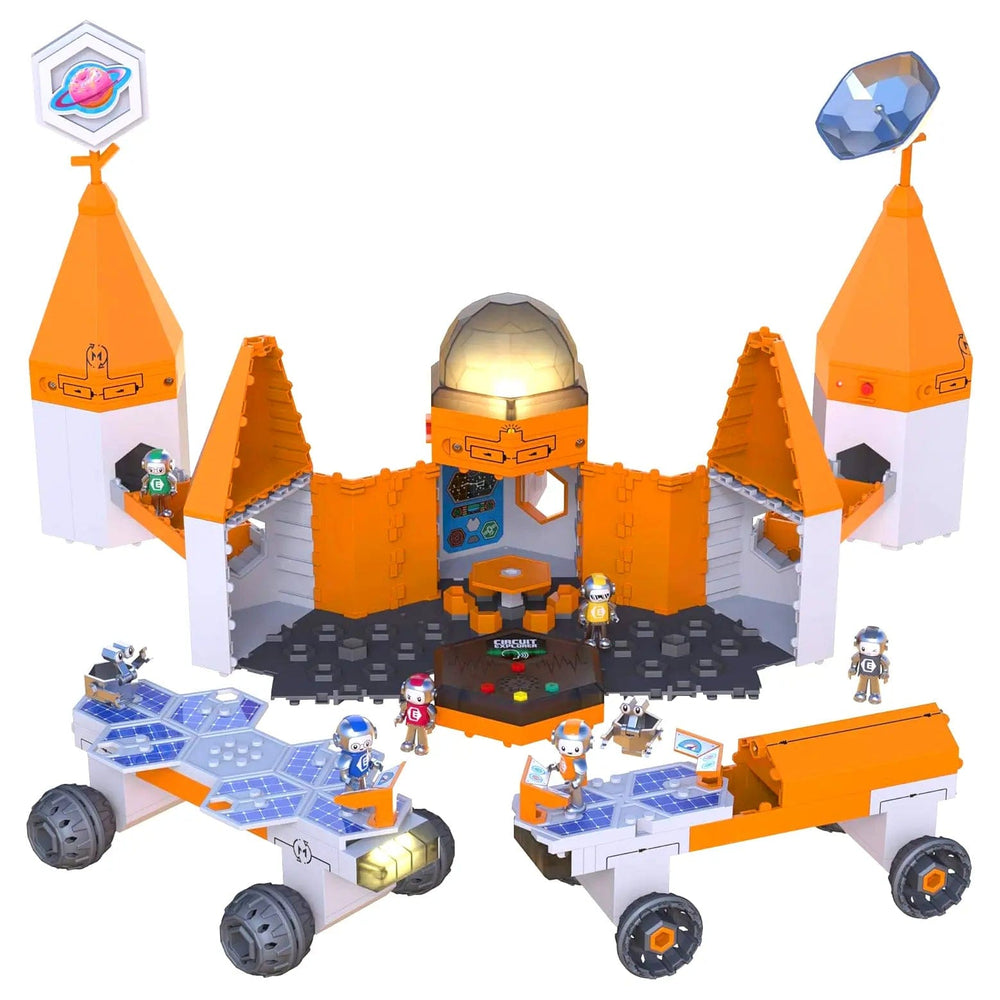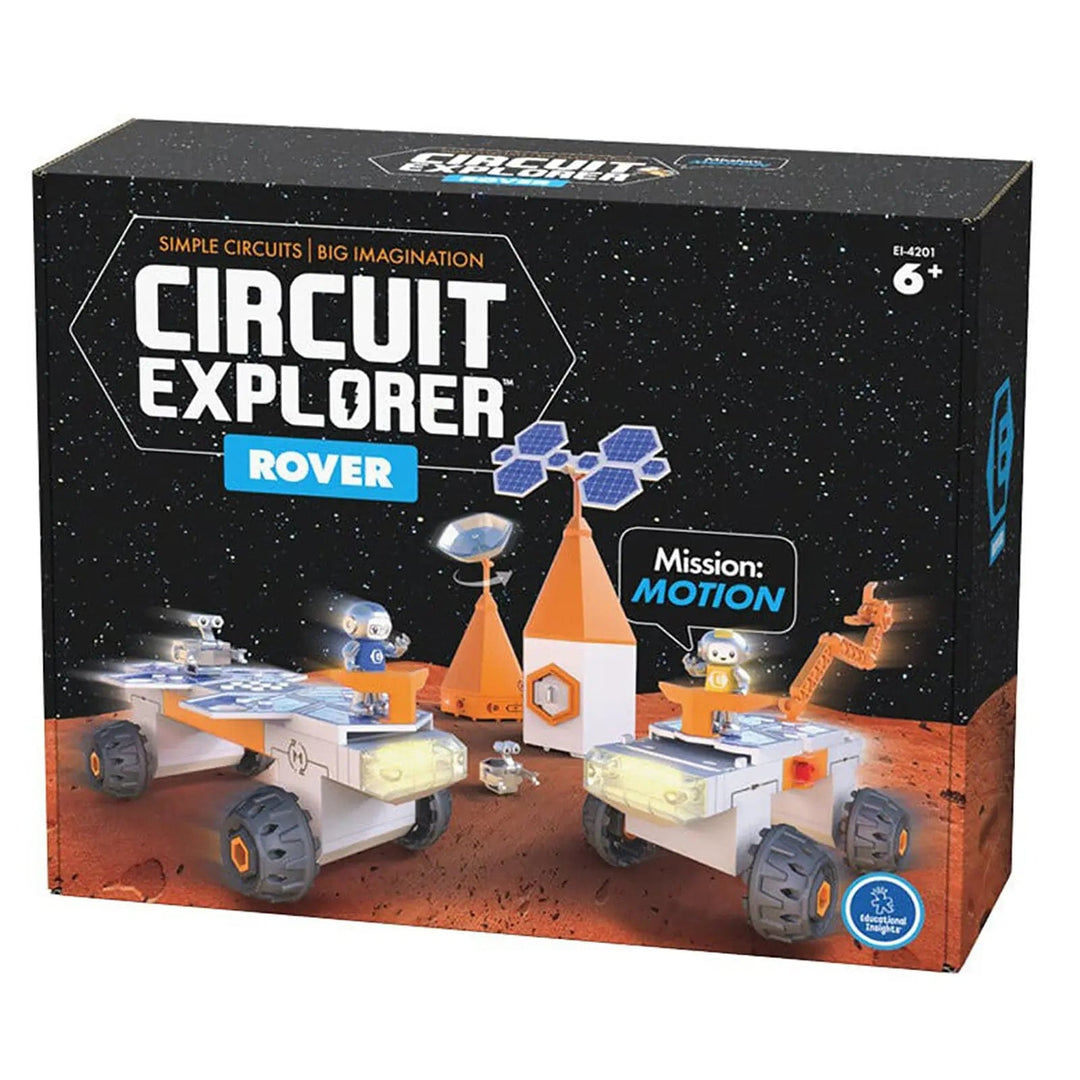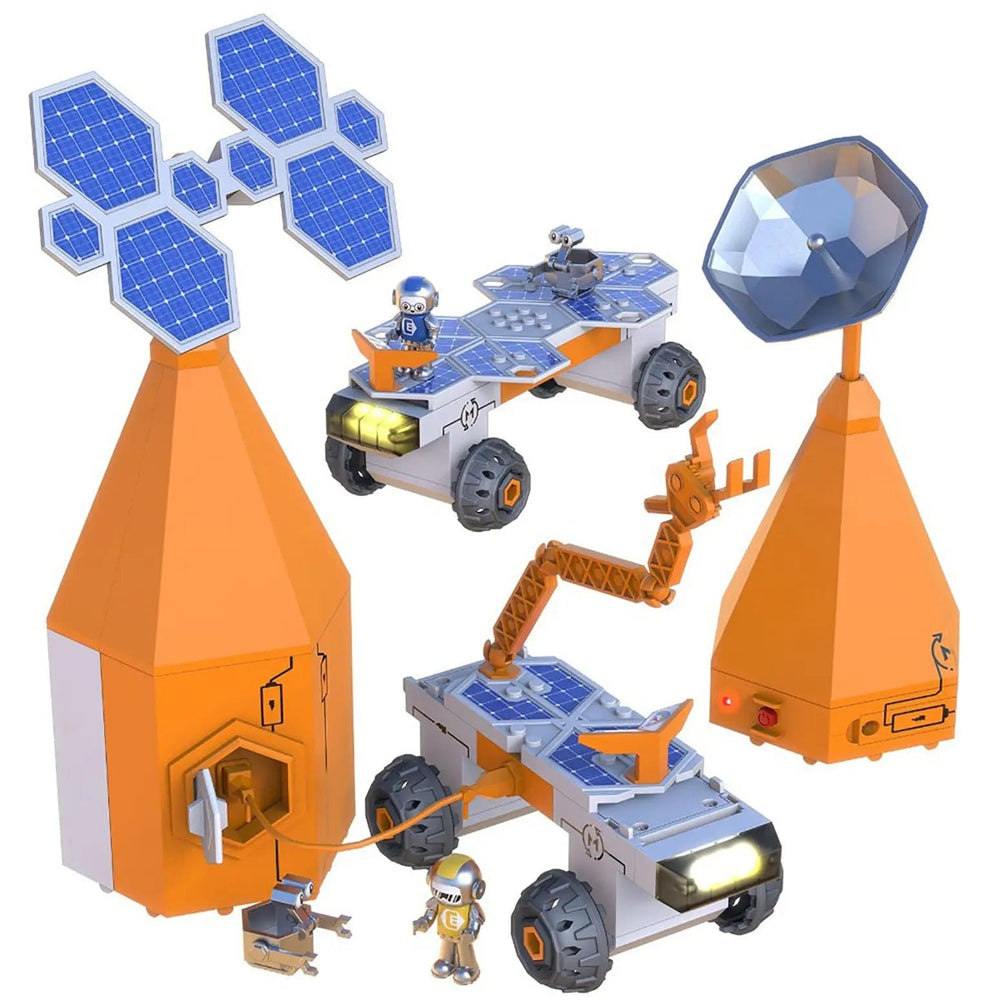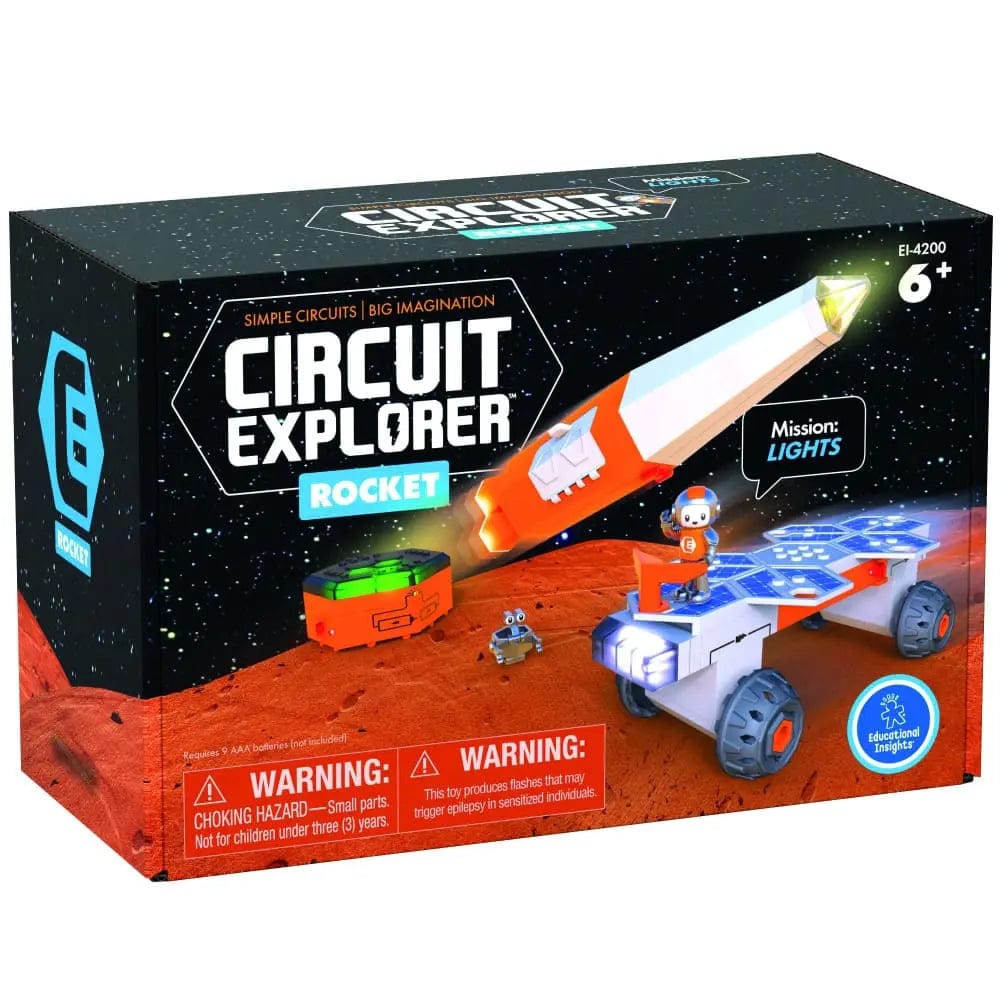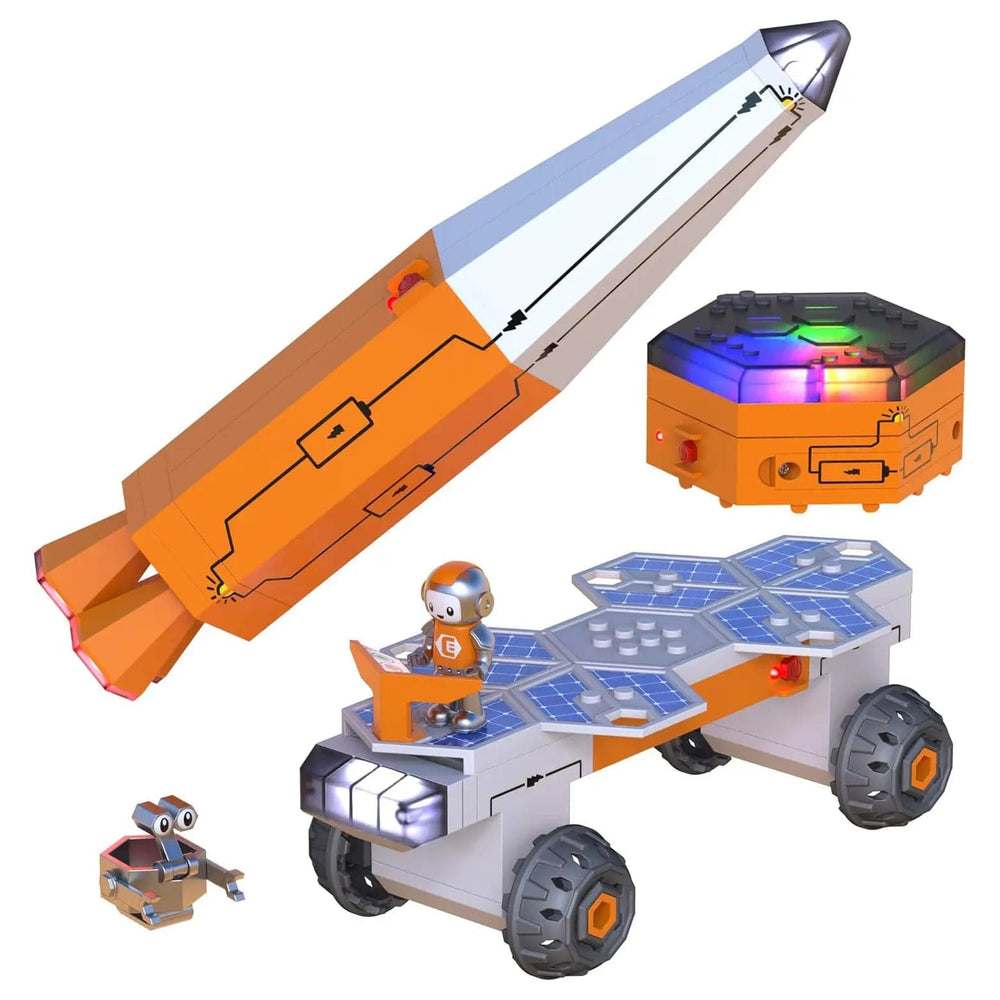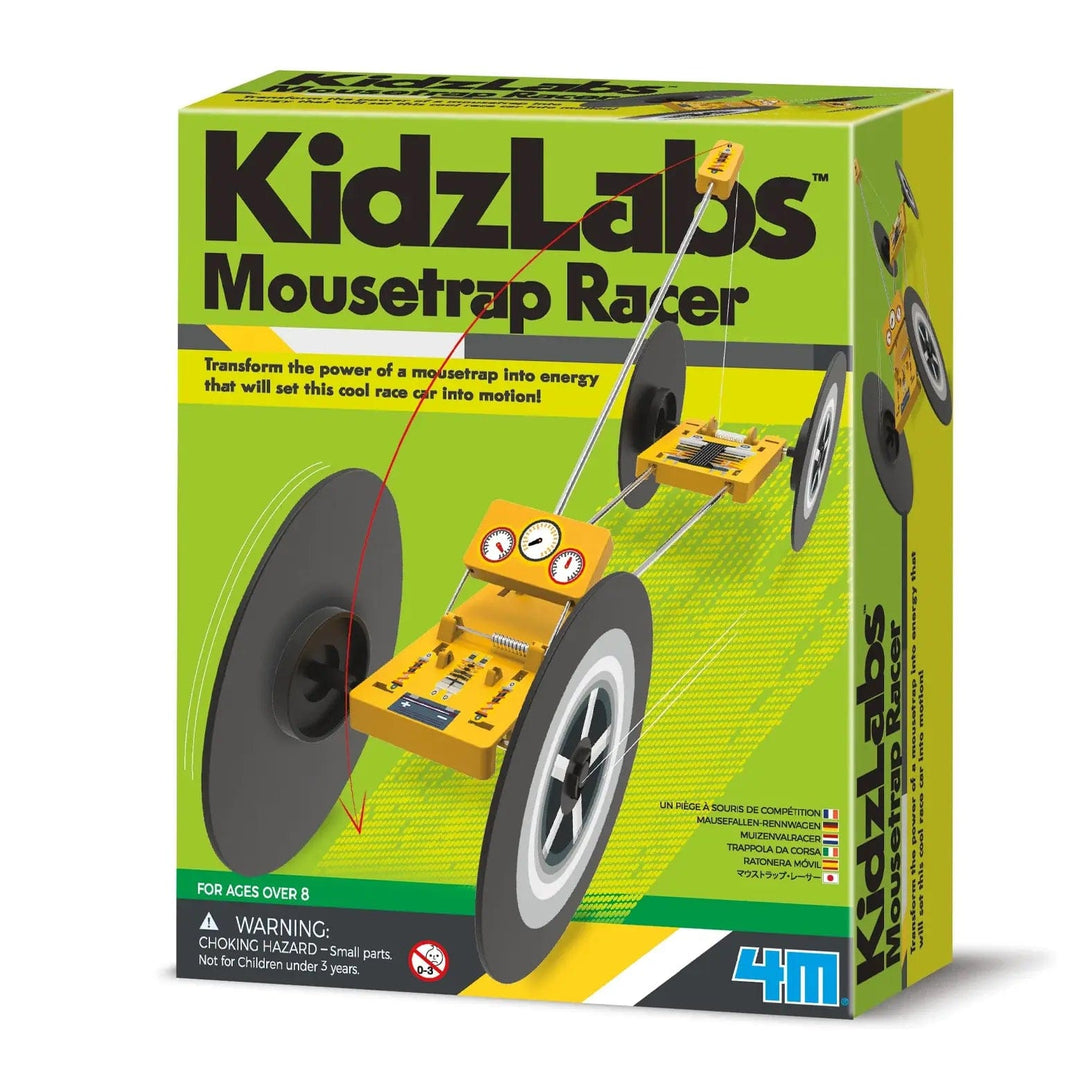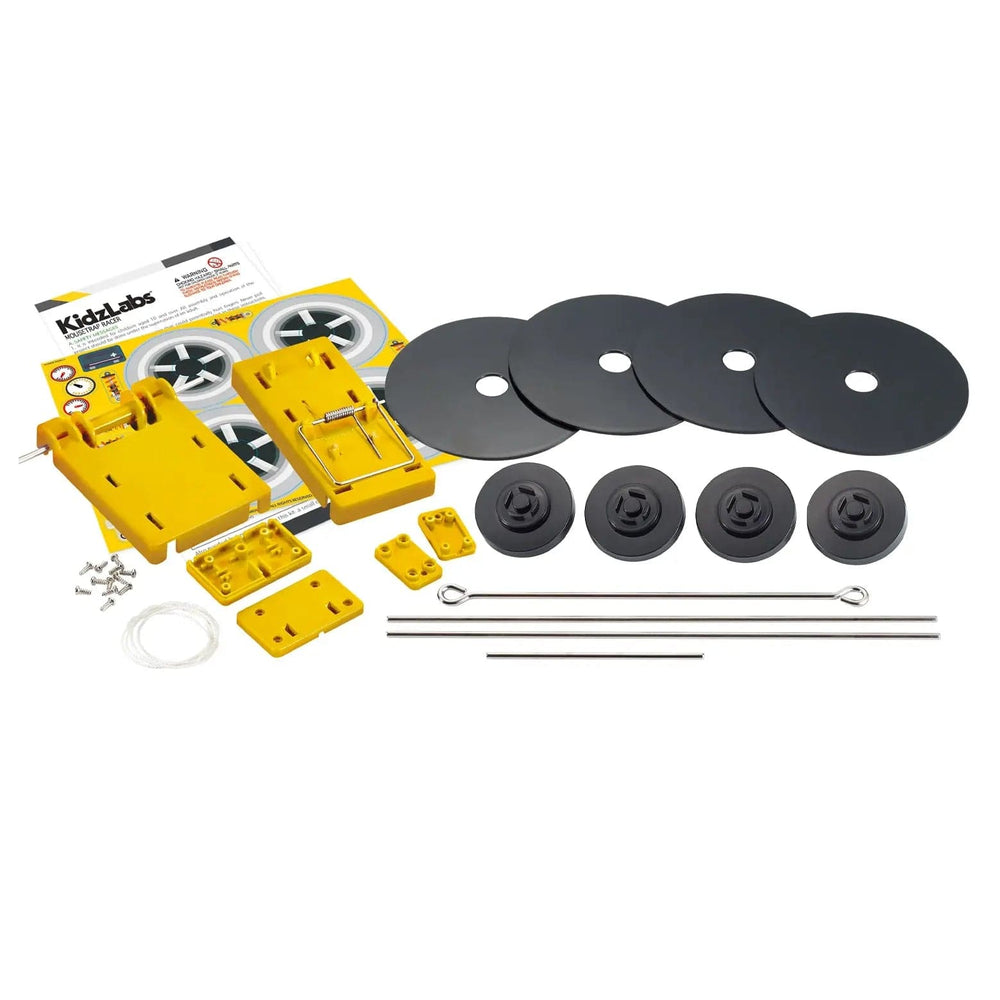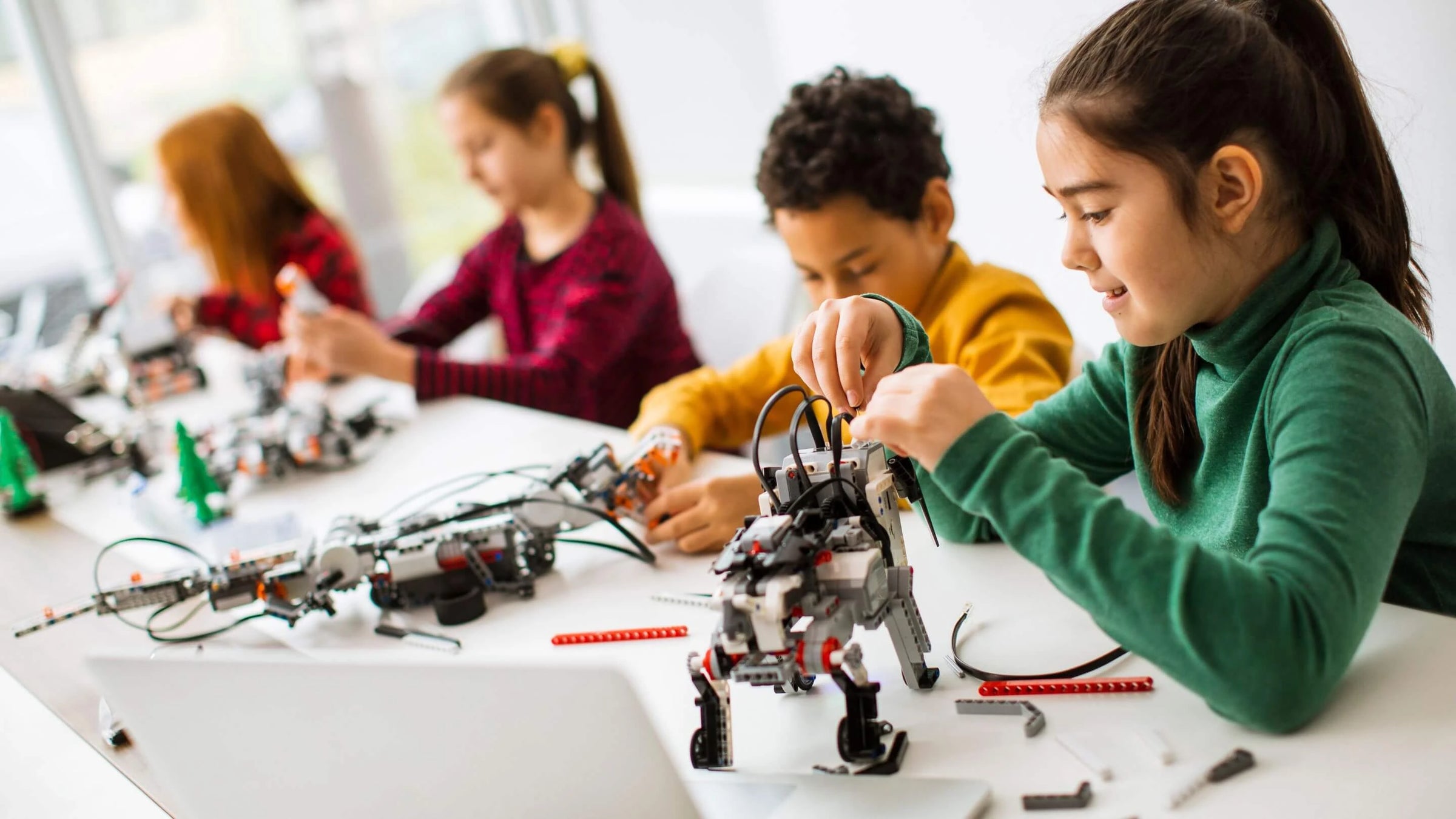
STEAM (Science, Technology, Engineering, Arts, and Mathematics) Toys
STEAM (Science, Technology, Engineering, Arts, and Mathematics) education is a comprehensive and holistic approach that equips students with the skills necessary to thrive in a rapidly evolving world. Combining the logical and technical aspects of STEM with the creative and innovative disciplines of the Arts, STEAM fosters critical thinking, problem-solving, and collaboration. This approach is particularly relevant today, as we face challenges that require interdisciplinary solutions, from renewable energy to artificial intelligence.
-
What is STEAM Education? STEAM education is an extension of the more familiar STEM framework, incorporating the Arts to broaden the scope of learning and problem-solving. The Arts in STEAM encompass not only visual and performing arts but also language arts, music, and media. This interdisciplinary fusion ensures students use both the right (creative) and left (analytical) sides of their brain, making them better equipped to address complex real-world issues.
For example, students might apply mathematical concepts to design, engineer, and create a model, engaging with multiple subjects simultaneously. In this way, STEAM integrates creative thinking into technical subjects, producing learners who can think critically and design solutions that are both functional and innovative.
-
Importance of STEAM Education In today's rapidly advancing world, many jobs of the future have yet to be invented. Automation and artificial intelligence will replace many repetitive tasks, but human ingenuity will remain irreplaceable. STEAM education focuses on fostering these human skills, including creativity, critical thinking, and emotional intelligence. Here are three major reasons why STEAM is important:
- Innovation and Problem-Solving: With its emphasis on the arts and creativity, STEAM encourages students to ask questions and find solutions that might not be immediately apparent. These are the skills required to develop sustainable technologies, medical breakthroughs, and environmental solutions.
- Career Readiness: STEAM prepares students for the jobs of tomorrow, many of which will rely on a combination of technological and creative skills. Whether working in software development, architecture, or digital marketing, students with a STEAM background will be able to approach problems from multiple perspectives.
- Engaging Learning: By making learning more relevant and engaging, STEAM helps students who may otherwise struggle in traditional STEM subjects. It encourages collaboration and hands-on learning, making abstract concepts more tangible and accessible.
-
STEAM in Action: Products for Learning Engaging students in STEAM doesn't stop at the classroom. Many toys and kits available online are specifically designed to foster these skills. For instance, at XS-Stock.co.uk, you'll find a wide array of educational kits that allow children to build, create, and innovate. These products make learning fun while honing critical STEAM skills. Some of the top items include:
- KidzRobotix Crazy Robot Building Kit: Ideal for children aged 8 and up, this kit allows students to build their own robot, which can walk, jump, and flip. It encourages a combination of mechanical engineering and creativity.
- Green Science Pneumatic Robot Arm: With its two syringes for pneumatic power, this kit introduces children to concepts of physics, force, and motion while they build a fully functional robotic arm.
- Circuit Explorer Rocket Construction Kit: This light-up building set for ages 6+ introduces basic electronics and circuitry, allowing kids to construct their own rocket, rover, and launchpad.
These kits are not only educational but also affordable, making STEAM learning accessible to a wide audience.
-
STEAM and the Future Workforce As automation continues to grow, repetitive tasks in many industries will be taken over by machines. However, this shift will create new roles that require creativity, problem-solving, and critical thinking—all core aspects of STEAM education. According to a McKinsey report, 60% of jobs will see up to 30% of tasks automated, meaning the ability to think creatively and apply knowledge across disciplines will be crucial for future workers.
For example, battery technology developed for electric cars is now being used to store renewable energy, demonstrating the need for multidisciplinary thinking in innovation. STEAM education helps students connect the dots between different fields, allowing them to see how technologies from one area can be applied to another.
-
How to Support STEAM Learning at Home Parents and guardians can support STEAM education at home by encouraging children to engage with creative, hands-on activities that stimulate both their creative and analytical skills. Here are a few ways to integrate STEAM learning into daily life:
- Project-Based Learning: Encourage your child to engage in projects that require planning, building, and testing. For example, building a birdhouse can incorporate measurements (math), construction (engineering), and design (arts).
- Educational Kits: Purchasing toys and kits that focus on STEAM learning is a great way to encourage children to experiment and learn independently. Kits like the Logiblocs Electronic Discovery Kit are perfect for hands-on learners who want to explore electronics and STEM in a fun and interactive way.
- Creativity through Technology: Programs such as coding, video production, and graphic design integrate arts and technology. There are free resources online that can introduce children to these subjects in a fun and engaging way.
-
Conclusion STEAM education is more than just an acronym—it’s a philosophy of learning that integrates multiple disciplines to encourage innovation and problem-solving. By combining the technical and creative, STEAM prepares students for a future where creativity will be as important as technical knowledge. Parents, educators, and students alike can benefit from engaging with STEAM through school programs and at-home learning kits. The future belongs to those who can think critically, innovate creatively, and work collaboratively—skills that STEAM education fosters at every level.
For more exciting STEAM products, you can explore the full range of learning kits at XS-Stock.co.uk, where you’ll find everything from robotic building kits to creative craft projects that inspire the next generation of innovators.





















































